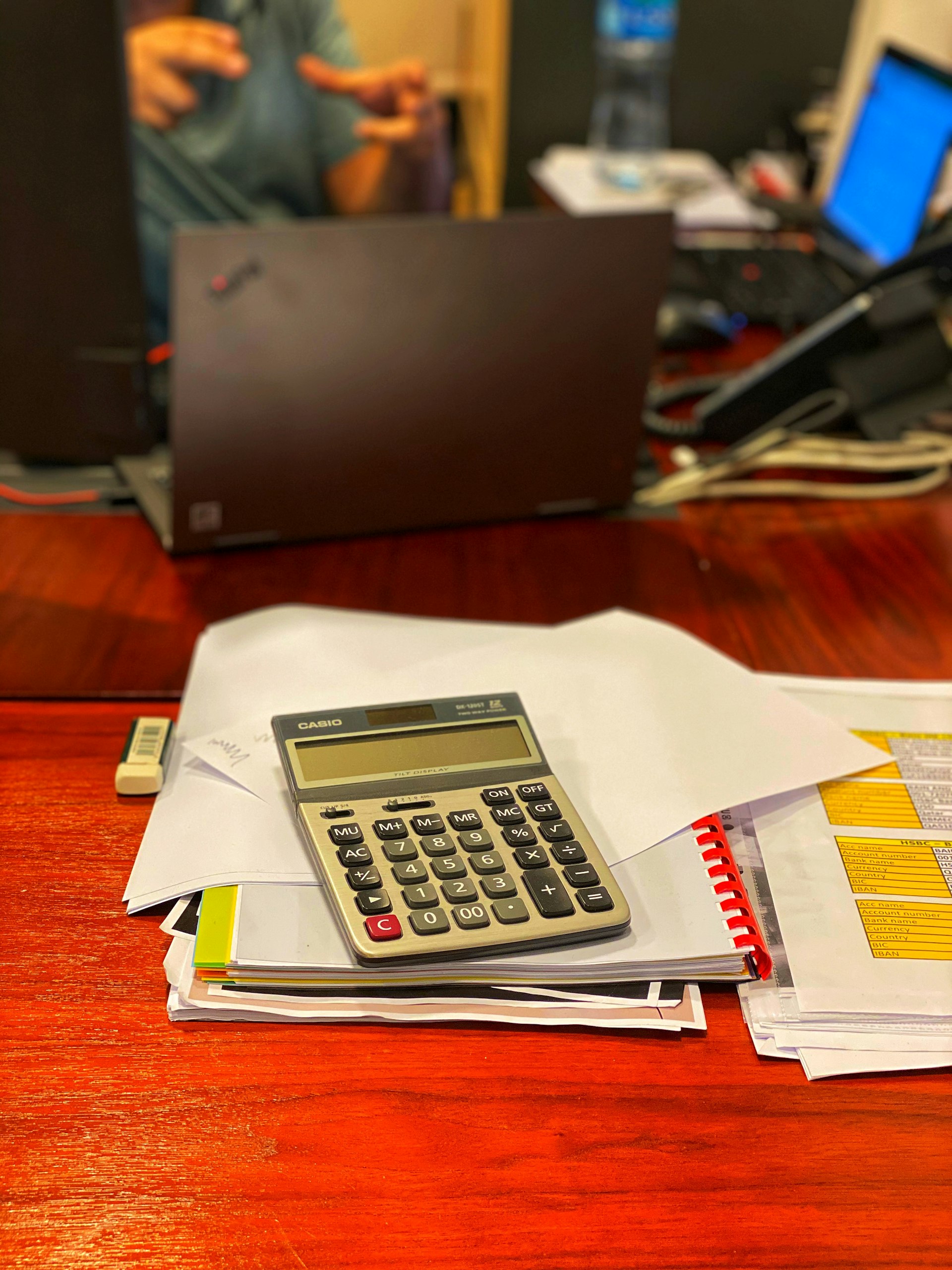Understanding Pegging in Finance: Definition, Applications, and Practical Guidance

Photo by Markus Winkler on Unsplash
Introduction to Pegging in Finance
Pegging is a fundamental concept in finance, with direct impact on currency stability, asset pricing, and financial record accuracy. Whether you’re a business owner, investor, or financial analyst, understanding how pegging works-and how to leverage it-can help manage risk, streamline accounting, and support strategic decision-making. This article explores the definition, mechanisms, applications, and practical steps for accessing and implementing pegging solutions in financial contexts.
What Does Pegging Mean in Finance?
Pegging in finance refers to the practice of linking the value of one financial entity-such as a currency, security, or transaction-to a specific reference point or asset. This linkage can be used to stabilize exchange rates, influence asset prices, or ensure the accuracy and traceability of financial records. [1] The term is applied in several key areas:
- Currency Pegging: Fixing a currency’s exchange rate to another currency or a basket of currencies.
- Asset Pegging: Large-scale transactions to influence or stabilize the price of a security.
- Accounting Pegging: Linking financial records to reference documents for accuracy and reconciliation. [2]
Currency Pegging: Stabilizing Value in Global Markets
One of the most recognized forms of pegging is in currency exchange rates. Governments and central banks may peg their currency to another, such as the U.S. dollar or a basket of currencies, to control volatility, support trade, and manage inflation. [3] This is called a fixed exchange rate system .
For example, if Country A pegs its currency to the U.S. dollar at a fixed 1:1 rate, the value of Country A’s currency will remain stable relative to the dollar regardless of market fluctuations. This predictability benefits exporters, importers, and investors by reducing uncertainty and risk.
Benefits of Currency Pegging
Pegging helps countries:
- Reduce currency market volatility
- Support international trade by simplifying conversion rates
- Control domestic inflation by aligning with a stable foreign currency
For example, China uses a managed peg to the U.S. dollar to keep its exports competitively priced. [1]
Challenges and Risks
While pegging can provide stability, it comes with potential drawbacks. Maintaining a currency peg requires the central bank to hold large reserves of the reference currency and to intervene in foreign exchange markets when necessary. If the underlying economy faces inflation or structural problems, it may become difficult or unsustainable to maintain the peg. [3]
How to Access Currency Peg Information
To determine if a currency is pegged and to what value, consult the official website of the nation’s central bank or financial regulator. You can also search for ‘fixed exchange rate’ or ‘currency peg’ along with the country name on reputable financial news platforms or databases such as Bloomberg, Reuters, or the International Monetary Fund (IMF).
Pegging in Asset and Securities Markets
Pegging also occurs when governments, companies, or individuals buy or sell large quantities of a security to influence its price. This may be done ethically to stabilize markets or, in some cases, to manipulate prices for profit.
For example, a government may purchase bonds in bulk to prevent their price from falling during economic uncertainty. Alternatively, option writers may attempt to peg the price of a stock to avoid losses on their positions. [1]
Ethical and Regulatory Considerations
Pegging for market stabilization is generally accepted when done transparently by regulatory authorities. However, attempts to manipulate prices for personal gain may violate securities laws. Always consult the U.S. Securities and Exchange Commission (SEC) or your local regulatory agency for guidance on legal practices.
Pegging in Accounting and Financial Records
In accounting, pegging means connecting a financial record or transaction to a specific reference point, such as linking invoices to purchase orders or matching payments to sales transactions. [2]
This process enhances accuracy and traceability, helping organizations reconcile accounts and prevent errors or fraud. For instance, a business might match each payment received to its corresponding invoice, ensuring the accounts receivable balance is correct.
Implementing Pegging in Financial Systems
To implement pegging in your accounting practices:
- Identify the key financial elements that require linkage (e.g., invoices, purchase orders, payments).
- Use accounting software capable of cross-referencing records and automating matches.
- Regularly audit and reconcile pegged records to ensure accuracy.
- Train staff on best practices and the importance of maintaining traceability in financial documentation.
Many modern accounting platforms offer features for pegging transactions, such as QuickBooks, Xero, and SAP. For platform-specific guidance, consult the official help centers or user manuals available on their verified websites.
Real-World Examples of Pegging
Consider the following practical examples:
- Currency Peg: Hong Kong has long pegged its dollar to the U.S. dollar, maintaining a stable exchange rate that benefits its trade-driven economy. [3]
- Accounting Peg: A manufacturing company matches each supplier invoice to a purchase order. This ensures all expenses are accounted for and helps avoid double payment.
- Market Peg: During the COVID-19 pandemic, the U.S. Federal Reserve intervened in bond markets to stabilize security prices and prevent excessive volatility.
Alternative Approaches to Pegging
While pegging offers stability and traceability, alternative approaches include:
- Floating Exchange Rates: Currency values are determined by market forces rather than fixed pegs, offering flexibility but increased volatility.
- Market-Based Asset Pricing: Securities are priced according to supply and demand, without intervention.
- Decentralized Accounting: Blockchain and distributed ledger technologies allow for transparent linking of transactions without manual pegging.
Consider your organizational needs and risk profile when selecting an approach.
Step-by-Step Guide: Accessing Pegging Services and Opportunities
To apply pegging in your financial operations or access related services:

Photo by lonely blue on Unsplash
- Determine your primary objective: currency stability, accurate record-keeping, or market price control.
- For currency pegging, research your country’s central bank policies. You can visit the official website of the Federal Reserve (for U.S. dollar info) or search for your respective national monetary authority.
- For asset pegging, consult with your investment advisor or financial institution about available market stabilization products and regulatory guidelines.
- For accounting pegging, explore accounting software providers and request demonstrations of transaction matching capabilities. Contact customer support for implementation assistance.
- If you need regulatory guidance, contact the U.S. Securities and Exchange Commission or your local regulator. You may search for ‘SEC contact information’ or ‘financial market regulator’ for your country.
If you are uncertain about the process or available options, consider consulting a certified financial analyst or CPA for personalized advice.
Key Takeaways
Pegging is a versatile tool in finance, used to stabilize currency values, influence asset prices, and maintain accurate financial records. Its benefits include reduced volatility, improved traceability, and enhanced confidence for businesses and investors. However, pegging also requires careful management and ongoing oversight, especially in rapidly changing markets.
To learn more or implement pegging strategies, start by identifying your objectives and consulting official regulatory agencies or software providers. With the right approach, pegging can help you achieve greater financial stability and operational efficiency.
References
MORE FROM savvysc.com













